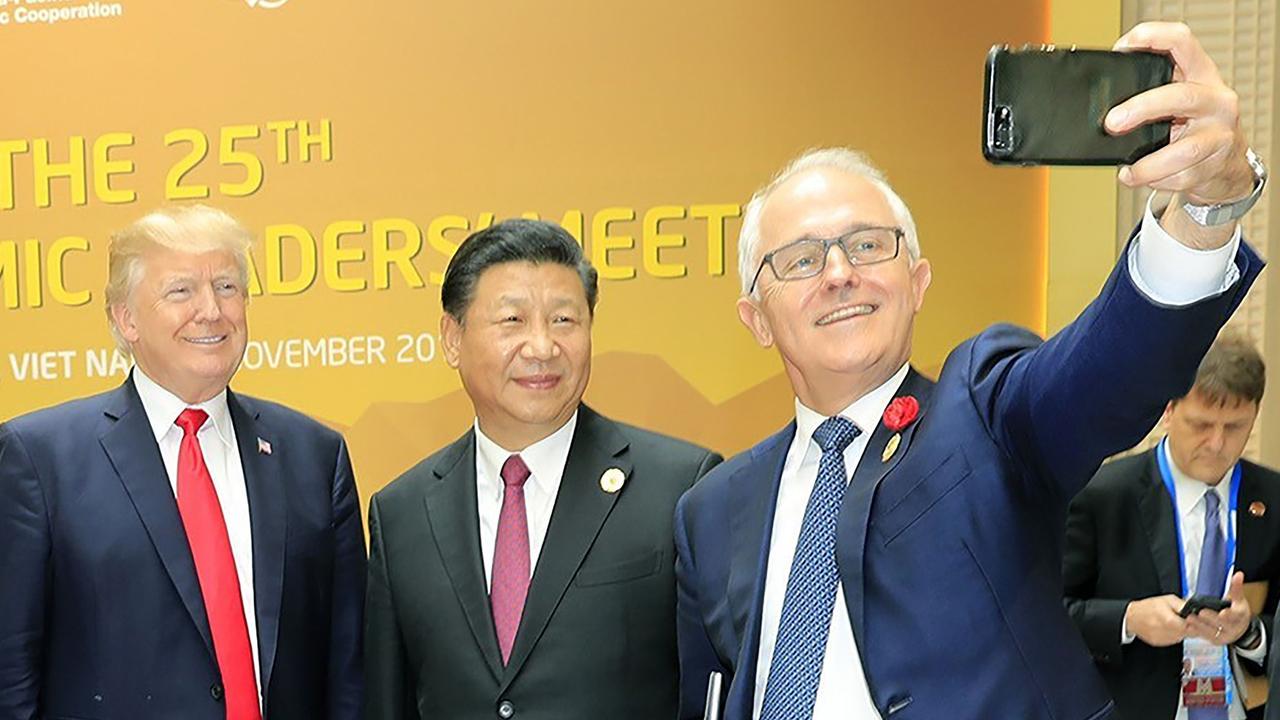New era of green subsidies challenges global transition
Jim Chalmers says he wants business to be a bigger partner to government in providing social services, beyond the taxes it already pays. But business has now put its hand firmly out for increased subsidies from government to deliver the sort of lower-emissions future it has actively supported but now says will be more difficult and take longer to achieve than expected.
Australia’s economic future will be determined in large measure on how it is able to manage the critical issue of energy security. It is instructive to note that in the US, despite Joe Biden’s green posturing, there has been a boom in shale gas production to exploit new demand in Europe as a result of Russia’s war in Ukraine. Latest figures show US gas production was 3.1 trillion cubic feet in October, an all-time high. In contrast, politicians across all stripes in Australia have been working to stymie exploration and development of oil, gas and coal reserves for the future. With the Greens holding the balance of power in the Senate, it is likely the resource industry will continue to become collateral damage as the Albanese government seeks to assert its agenda. A taste of the likely consequences is reflected in submissions to the federal budget deliberations by business. As we reported on Thursday, mining companies have warned about closures and damaging impacts on exports, competitiveness and regional economies if they are forced to move too quickly under a new safeguard mechanism designed to achieve Labor’s 2030 and 2050 emissions-reduction targets.
The resources sector, linked to 58 per cent of the nation’s 215 biggest-emitting facilities captured by the safeguard mechanism, is demanding more government support amid concerns companies will fail to electrify mines before the end of the decade. The Minerals Council of Australia wants government to increase its $600m Powering the Regions fund for trade-exposed facilities to take up low-emissions technologies and avoid site closures. MCA chief executive Tania Constable says the technologies and equipment required to electrify mine sites was not going to be available “until later this decade”, and potentially not until 2034. Her comments follow similar warnings from senior mining executives and the evidence of time delays and cost overruns in major renewable energy projects being actively sponsored by government.
When combined with business uncertainty about the level of regulatory interventions across the board, the bonhomie claimed by government in its relations with business is starting to fracture. Ms Constable said the government has a “very aggressive” agenda across a lot of policy areas that impact the mining sector. She cited multi-employer bargaining and the potential for major changes on climate change and environmental approvals. “When you put all those things together, companies look at investing in Australia and say ‘why would we invest in Australia?’,” Ms Constable said.
This must all be viewed in the context of the latest International Monetary Fund report on Australia, which said Labor’s legislated target of a 43 per cent cut to carbon dioxide emissions by 2030 represented a carbon price of $255 a tonne and could cost each household at least $4500 by 2030. Along with changes to the tax treatment of the family home and increases to the GST, the IMF suggested thousands of dollars of additional taxes be applied to popular high-emissions vehicles and similar penalties for using electricity generated from burning fossil fuels. In the IMF’s mind, these funds could be used to subsidise electric vehicles and renewable energy.
The IMF report comes amid growing debate globally about how countries can compete with the Biden administration’s green subsidy-laden Inflation Reduction Act. Europe is considering a raft of new subsidies for business alongside a new era of trade protectionism that will only increase costs for everyone. The debate comes at a critical point for Australia and the Albanese government, which has promised to give certainty to business but risks undermining the foundations on which the nation’s prosperity is built.



The Albanese government is starting to learn there is a big difference between having a plan and achieving it with action. Nowhere is this more obvious than in the area of climate change policy, where high targets have become a proxy for virtue but delivery is becoming more problematic by the day. Labor’s signature climate policy, a revised safeguard mechanism, is under attack from all quarters. Without bipartisan support, Labor is exposed to the demands of the Greens, who want future coal and gas developments banned and existing producers to be excluded from getting free permits in the proposed cap-and-trade system. Key unions in the energy and manufacturing sectors have warned a poor transition that fails to consider Australia’s international competitiveness could see our industries collapse. Already, there are the first signs of a capital strike as big business wakes to the reality of government intervention in energy markets and industrial relations in ways that increase sovereign risk and add further pressure to costs and inflation.